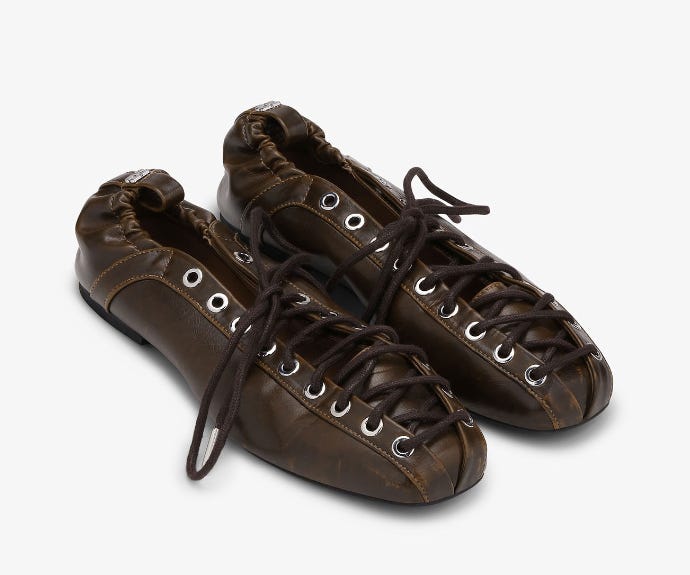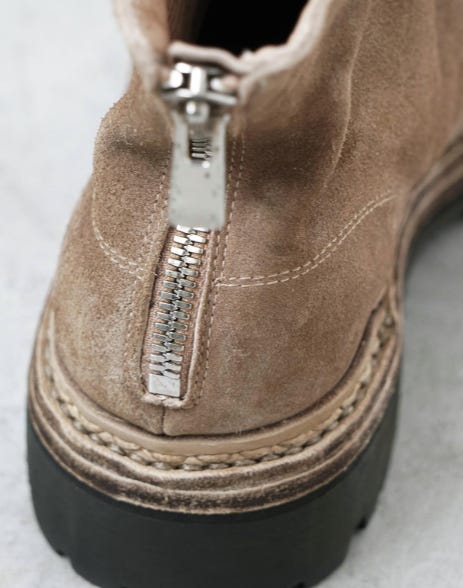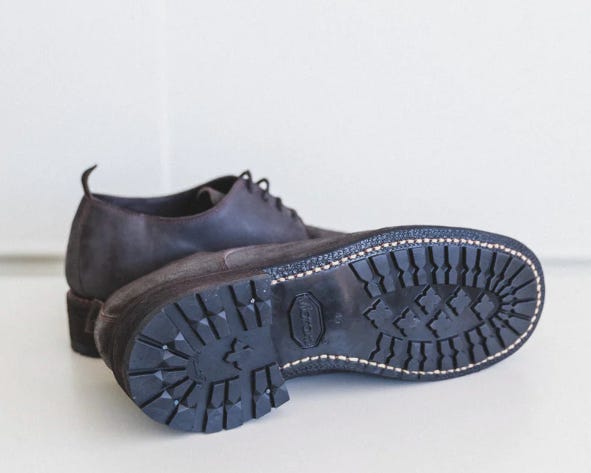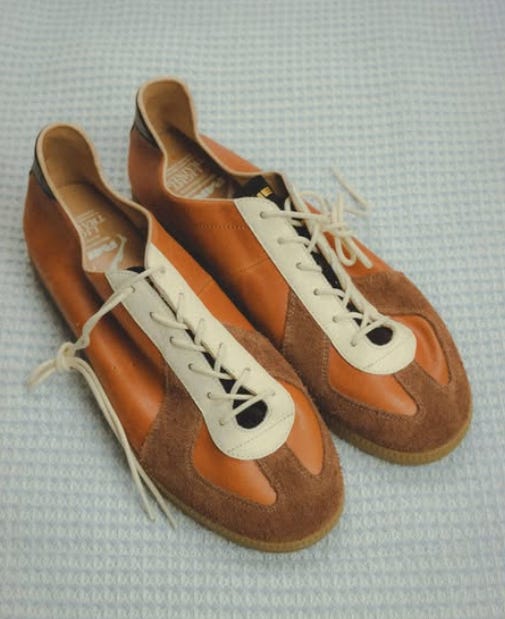Present Forever is the go-to source for exploring independent clothing and style. Support and become part of this off-beat universe by subscribing or upgrading here:
It’s always nice to find out that something complex is actually very simple. But it can feel at least as good to discover that something seemingly simple is extremely complex. Think of it this way. There are solutions that raise as many questions as they answer. This applies to fashion too. Take seasonless clothes. By definition, it’s always the right time to wear them. Yet, by that same definition, you never know exactly when that time has come. It’s the same but worse with timeless style. After all, yesterday’s timelessness isn’t today’s timelessness, and which is which can only be known from the perspective of the present. And what the present is, well, that’s a question which this book answers by raising a dozen more.
And now that we’re at it: what is a season, and what is time, anyway? I like this piece of history from Arthur George’s The Mythology of Seasonal Holidays. When people first created months thousands and thousands of years ago, they made them mirror the cycle of the moon. This is much more obvious than the subtle changes in the positioning of the sun. Yet, lunar months (which average 29.5 days each) can’t be used to track the seasons, because within a few years all seasons would go completely askew. The rise of agriculture during the Neolithic era made people aware of this untimely consequence: if farmers would rely on the lunar calendar, they wouldn’t have any clue when to plant or harvest. It was eventually decided to adopt the solar year as the fundamental time cycle. This was first done in ancient Egypt, and then instituted by Julius Caesar in 45 BCE.
The move to a solar year was one thing. It was quite another to decide when one year ends and a new one begins. For many centuries, the common approach was to base New Year’s on annual cycles of human activity, whether religious or agricultural. Some cultures dated it in March, when vegetation was sprouting and crops sowed, and others celebrated in September, after the harvest was brought in. Between 500 and 1500 CE practices across Europe varied widely, ranging from December 25 (the birth of Jesus) up to Easter. In 1582 Pope Gregory XIII, who established the Gregorian calendar, declared 1 January the beginning of the year. Most European counties adopted this practice right away, but in England and its North American colonies March 25 (the spring equinox) remained New Year’s until 1752. So Benjamin Franklin, for one, had the strange privilege of celebrating New Year’s Eve twice in one and the same year.
What’s the moral of this story? Some philosophers, including — most famously — Henri Bergson, argued that there are two times: there’s “objective” time, the time of watches, calendars and trains, and “lived” time, the time of our memories, perceptions and daydreams. That distinction is not untrue, but also a bit rigid, as the above history suggests: to know what time is, significantly depends on how we humans experience it.
And what’s the moral of this for the fashionably-inclined? Like lunar years and Gregorian calendars, the industry’s seasonal model is ultimately a contingent thing, an artificial human invention. That means it can be changed, ignored, opposed, and experimented with as we please. The old Roman year began in spring with March and left winter as an unassigned span of days before the next year. That seems strange to us, but so is our leap year, our honoring of Caesar (with the month July) and the fact that by the year 4909 our calendar will be a full day ahead of the solar year.


In other words: given the nature of time, there’s a good time for everything. And given the arbitrariness of the seasons, it’s always the time of the season. Let’s not have our yearly rotation dominated by a calendar. Let the clock tick according to the way we live our lives. Let the present beat to the march of our own drum.
To get you going — wow-ing and now-ing — here’s a round-up of seasonless items from brands that recently appeared on my radar.
Niceness make a lot of, well, nice products. These ‘Yacht Shoes’ bridge a sartorial gap you didn’t know existed: that between vintage US military boat shoes and Georgia O’Keeffe’s dirty Oxford sneakers. They’re made in Japan from a variety of premium leathers (for the upper and midsole) and synthetic rubber from the renowned Italian company SVIG (for the outsole, with the exact right balance of chunky and sleek). I found them via Nomad in Kobe, but they’re also available at Canoe Club.


Nomat’s collections are designed in Paris by Hitomi Nomura, and handmade in Japan. They’re part of Nomura’s family’s company — “Factory” — which has its headquarters in Tochigi since 1984. The company also owns its own mill in Mongolia, where they spin local wool into cashmere and yak, used for their simple yet slightly other-worldly silhouettes. The image above shows their SS25 ‘Long-Sleeved Shirt’ in bright yellow. And this is one of the highlights from their AW24 campaign, styling-wise:
A family-owned artisanal sportswear brands whose pieces are designed, cut, sewn, and dyed in Canada — what’s not the like? Their humble assortment covers all bases and offers exactly enough for a comfortable-yet-elegant seasonal outfit. There’s one color they do that I especially like. It’s called ‘Pond Blue’ and is used for a pair of trousers, polo, t-shirt, and bag. The trousers and bag are crafted from a lightweight Japanese cotton canvas with a natural crinkle, and the piece-dyed polo and t-shirt from 100% organic Canadian cotton.
By some twist of fate, my sauna hat piece is among the most-read features of the year so far. Last week I came across this natural linen piece from Charkov-based atelier kinzzza, run by Natasha and Tatiana. It would have been a good fit for the sauna piece, if only because of the one-finger hanger on top. “We take some fabric, some feelings — and try to mix them up.” ‘Nuff said.
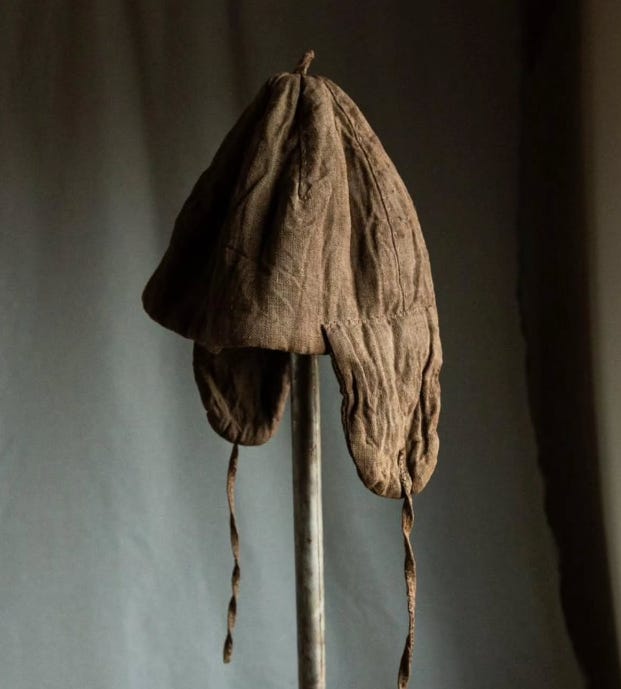
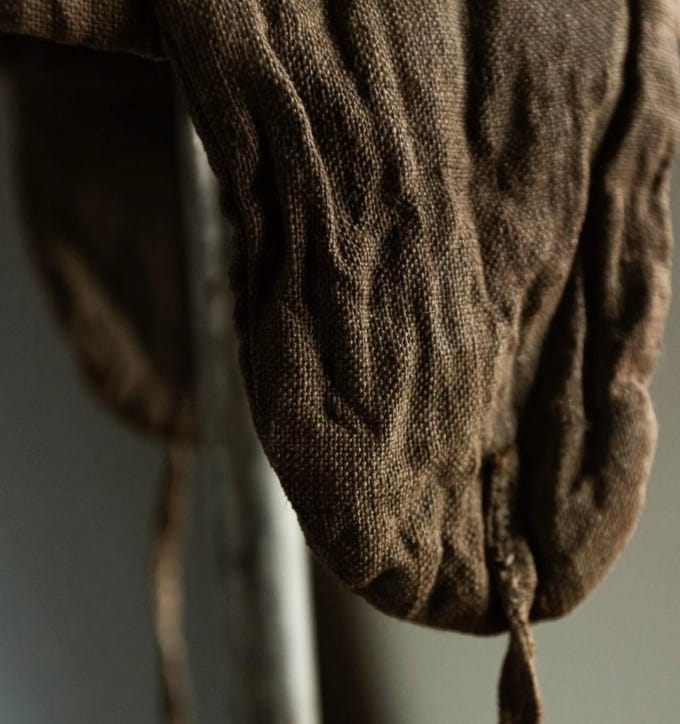
I don’t wear a lot of accessories, let alone jewelry. The only pieces I own are a watch that once belonged to my late grandfather, a €15 necklace I bought at a local flea market because it reminded me of Seya’s ‘Drop Necklace’, and loom bracelets my daughter made for me. I’d like to change that, but there’s something about jewelry brands that tends to put me off. R.ALAGAN is among the rare exceptions. Based in Japan, they make “artisan jewelry” which, for me, hits the sweet spot between luxurious-yet-wearable and beautiful-yet-understated. This is their ‘Distorted Stone Chocker’, available in three colorways, including this one in ‘Jadeite’.
There are a lot of things I don’t know. But this fact I know to be true: Ranra will rule the world. If not today, then tomorrow. Before 2022, the brand was known as Arnar Mār Jōnsson, eponymously named after its co-founder who developed the brand alongside Luke Stevens, a fellow Royal College of Arts alumni. It’s now a London/Reykjavík design studio that specializes in “transitional outerwear for both nature and urban settings.” These words are utterly and totally inadequate to capture what Ranra is about, and what they’re capable of. Let’s put it this way: Ranra is Auralee’s and Man-tle’s love child.



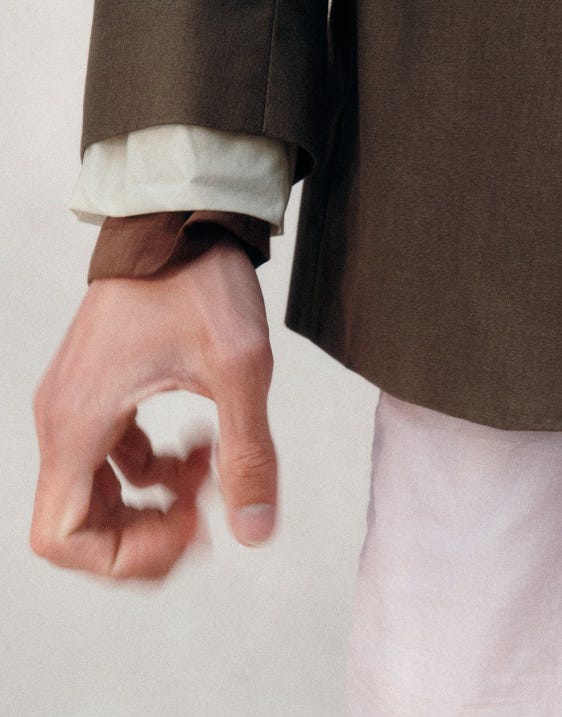
Founded in Paris in 2022, Bambou Roger Kwong makes ‘Editions’ hand-crafted from rolls of excess fabric sourced from high-end labels. I always get a bit suspicious when brands call their approach “intuitive,” as it tends to be an easy way of making up for a lack of vision. But Roger-Kwong knows what she’s doing. Born to a Chinese mother and French father, she transforms her mixed cultural heritage and deep understanding of well-made details and carefully structured proportion into crafty, sculptural pieces. Each seasonless ‘Edition’ is informed by a different theme — from formal tailoring to pyjamas, from one-of-a-kind pottery to jewelry. It’s micro-universe-construction at its best. I believe it’s all womenswear, but I’d wear their striped shirt in a 40 or 42 any day and — why not? — combine it with this ceramic flower attached to a silk ribbon.
This is what I know about Pure Fabrications, who don’t have a website: they’re based out of Denmark, they’re available at one of my favorite stores — Anne Black — and they do unconventional knitwear. By “unconventional” I mean: summer scarfs to be worn with short-sleeve shirts, and shorts with decorated knitted panels. And they’re “unconventional” in another sense too: the model they seem to have embraced is that of pop-ups here and there rather than retail. But then again, isn’t this strategy becoming one of the real-world counterparts of fashion’s wordlessness?

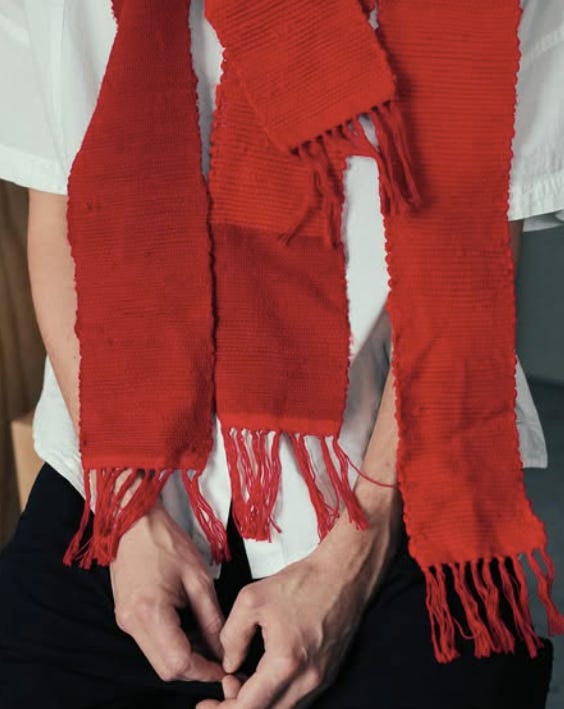
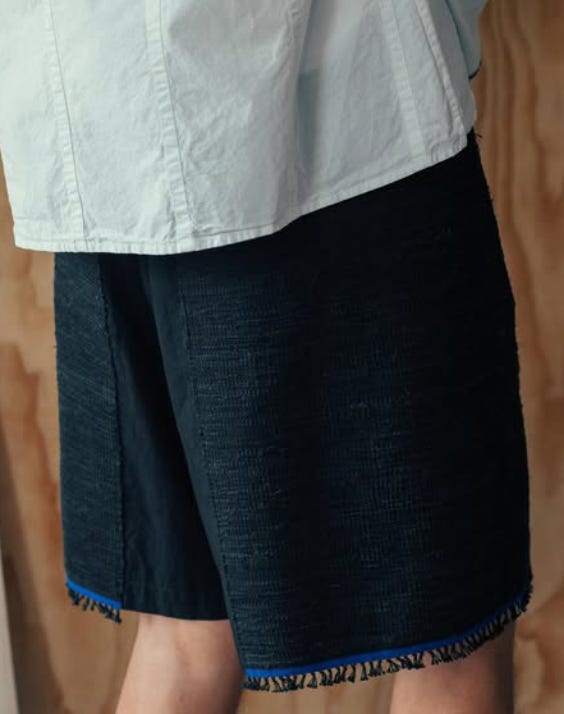

Also worth your attention, and for some reason all shoe-related:
These light trainers from Pane keep appearing on my feed. Since the brand neither has their own website nor any stockists that ship internationally, they’re pretty hard to track down. But that’ll surely change before too long.
I’d like to see Ganni’s ‘Lace-Up Ballerina’ in ‘Dark Olive Oleatex’ re-imagined for a size EU44-45.
Guidi continues to collaborate with the best of the best. After Guidi x Yohji Yamamoto, there followed Guidi x Evan Kinori, Guidi x Casey Casey and — just in — Guidi x Comoli.
And, finally, I’ll continue to sing the praises of Dries Van Noten’s ‘Suede Sneaker’ until, well, I’ve some money lying around or the gods decide to have them shipped over to me free of charge.
